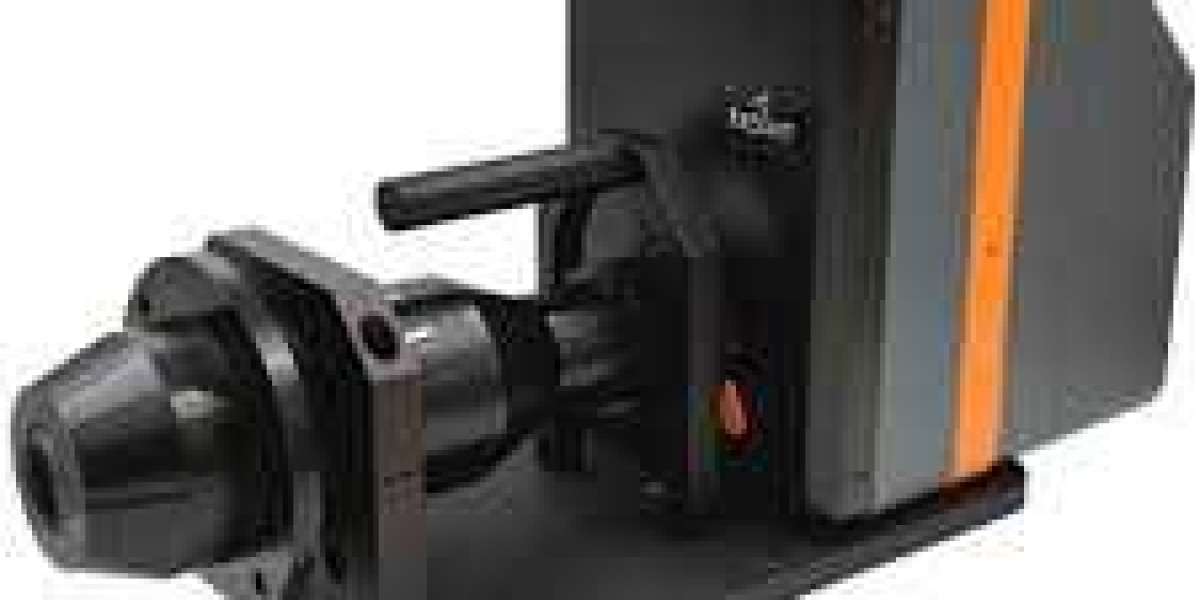In modern optical testing, understanding how light behaves is very important. Whether it’s checking screen quality or analyzing light angles in laboratories, a conoscope lens makes it possible to see invisible patterns clearly and accurately.
In this post, we’ll explore what a conoscope lens is, how it works, and where it's used in today’s high-tech world.
What Is a Conoscope Lens?
A conoscope lens is a special type of lens used to observe the angular distribution of light. In simpler terms, it helps you see how light spreads out in different directions from a source or surface.
It’s mostly used in research labs, LCD display testing, and optical inspection tools. You can explore professional-grade conoscope lens options for precision work.
How Does It Work?
The conoscope lens is part of a setup called a conoscope system. Here’s how it works:
A light source or screen is placed in front of the lens.
The lens collects all the light rays from the sample.
It forms a pattern showing the direction and intensity of the light.
This pattern is analyzed to understand the behavior of the light or the quality of the display.
It’s like turning invisible light angles into visible shapes on a screen.
Key Features of a Conoscope Lens
| Feature | Description |
|---|---|
| Wide Field View | Captures full angular light distribution |
| High Accuracy | Detects even small optical changes |
| Compact Optical Design | Easy to integrate into test equipment |
| Compatible with Microscopes | Often used in lab optical setups |
| Non-Contact Testing | No need to touch or damage the test item |
Where Is It Used?
Conoscope lenses are common in fields that require precision optical measurements:
LCD and OLED Display Testing – Checks brightness and uniformity at different viewing angles.
Polarized Light Analysis – Useful in examining birefringence or optical stress.
Optical Research – In labs to visualize angular light behavior.
Quality Inspection Systems – In factories to maintain screen performance.
Laser Beam Testing – To inspect light wave patterns in lasers.
Benefits of Using a Conoscope Lens
✅ High Precision – Captures fine details of light direction.
✅ No Physical Contact – Ideal for sensitive display materials.
✅ Fast Analysis – Delivers quick and reliable results.
✅ Better Screen Performance – Helps improve display quality in production.
Difference Between a Conoscope Lens and a Regular Lens
| Property | Conoscope Lens | Regular Lens |
|---|---|---|
| Purpose | View angular light patterns | Focus or enlarge image |
| Application | Lab testing, display inspection | Photography, eyeglasses, etc. |
| Field of View | Wide angular capture | Limited to image focus |
Conclusion
The conoscope lens plays a powerful role in optical inspection and display testing. It gives clear views of how light behaves from different angles—information that’s key in quality control and advanced optical research.
Whether you're working in a lab or improving display performance, this lens gives you accuracy, clarity, and better control over light.








